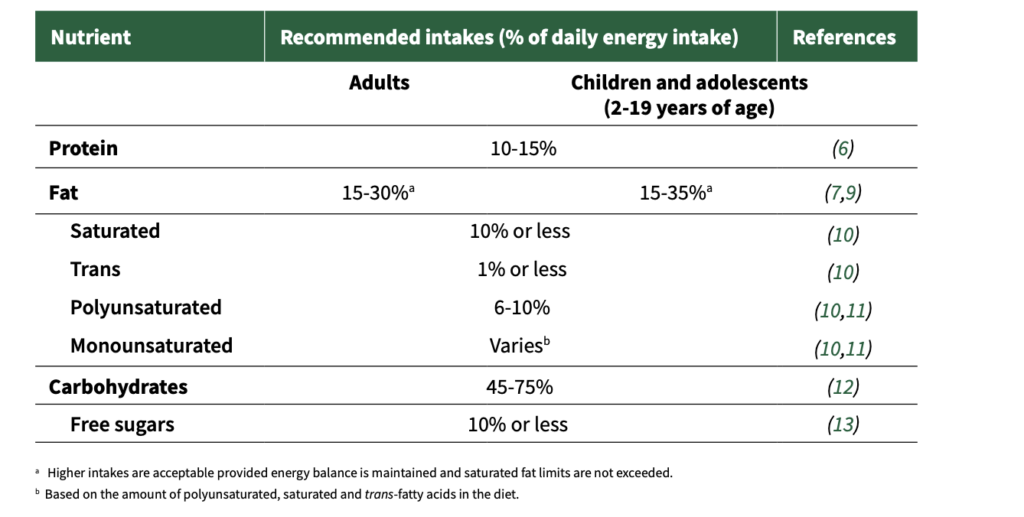In a pivotal joint statement, the Food and Agriculture Organization (FAO) and the World Health Organization (WHO) have released updated guidelines to clarify the concept of a healthy diet. This statement comes amid growing concerns regarding the impact of ultra-processed foods on health and the pressing need for sustainable food systems.
Healthy diets are essential not only for promoting human health but also for preventing malnutrition in all its forms and reducing the risks of communicable and noncommunicable diseases (NCDs). A well-balanced diet can help prevent deficiencies and excesses, supporting overall wellbeing. As the connection between food production, diets, and the environment becomes clearer, transforming food systems has become a key strategy for tackling issues like hunger, malnutrition, and environmental degradation. Despite this, disagreements over what constitutes a ‘healthy diet’ often hinder progress.
Unhealthy diets are a leading cause of diseases like heart disease, obesity, and diabetes. Recognising this, the FAO and WHO issued their statement at the annual Committee on World Food Security meeting in Cali, Colombia, in conjunction with the Convention on Biodiversity. The events provided an opportunity to reaffirm their commitment to advancing a clearer understanding of healthy diets while celebrating the diversity of healthy eating patterns.
Key Elements of Healthy Diets
The FAO and WHO’s joint statement defines healthy diets by four core principles:
- They should be Adequate (providing sufficient essential nutrients without excess),
- Balanced (with appropriate energy intake from protein, fats, and carbohydrates),
- Moderate (avoiding excessive intake of sugar, salt and fat), and
- Diverse (including a variety of nutrient-rich foods from different groups).
Dietary safety is also crucial; food and beverages must be safe to avoid adverse health effects. Codex Alimentarius outlines that food safety measures at all stages of the food chain are necessary to prevent foodborne diseases and optimise nutrient absorption. This is particularly important for vulnerable populations, such as children and the elderly.

Courtesy of FAO and WHO joint statement

Courtesy of FAO and WHO joint statement
Addressing Ultra-Processed Foods
While the growing concerns surrounding ultra-processed foods (UPFs) are acknowledged, the FAO and WHO’s statement does not provide specific guidelines on their consumption. Instead, it advocates for diets that are adequate, balanced, moderate, and diverse, ensuring that nutritional needs are met without over-reliance on any single food group.
This statement comes at a time when the media is increasingly focused on dietary recommendations and the growing challenge of climate change’s impact on food systems. While the document encapsulates decades of research, it also recognises the need for continued investigation, particularly concerning ultra-processed foods such as sugary drinks, snack foods, and processed meats.
Importance of Food Systems
The FAO and WHO highlight the need to transform food systems to improve diet quality and health outcomes. This transformation involves optimising supply chains, creating healthier food environments, and promoting nutrition-sensitive agriculture. The guidelines also call for collaboration across governments, the private sector, and civil society to create environments that support healthy eating.
Conclusion
In conclusion, healthy diets are vital for promoting physical health, preventing disease, and supporting environmental sustainability. The FAO and WHO’s science-based framework offers valuable guidance for individuals and populations striving for healthier, safer, and more sustainable eating patterns. To achieve these goals, a collective effort to reshape food systems is necessary. As we continue to explore the complexities of nutrition and health, these guidelines serve as a timely reminder of the core principles that should inform dietary choices, while the ongoing discussion around ultra-processed foods calls for further research and careful policy-making.
For further details on the guidelines, please refer to the FAO and WHO report
https://iris.who.int/bitstream/handle/10665/379324/9789240101876-eng.pdf?sequence=5

